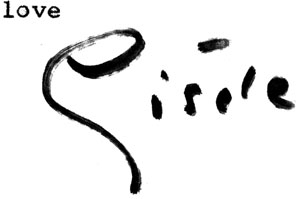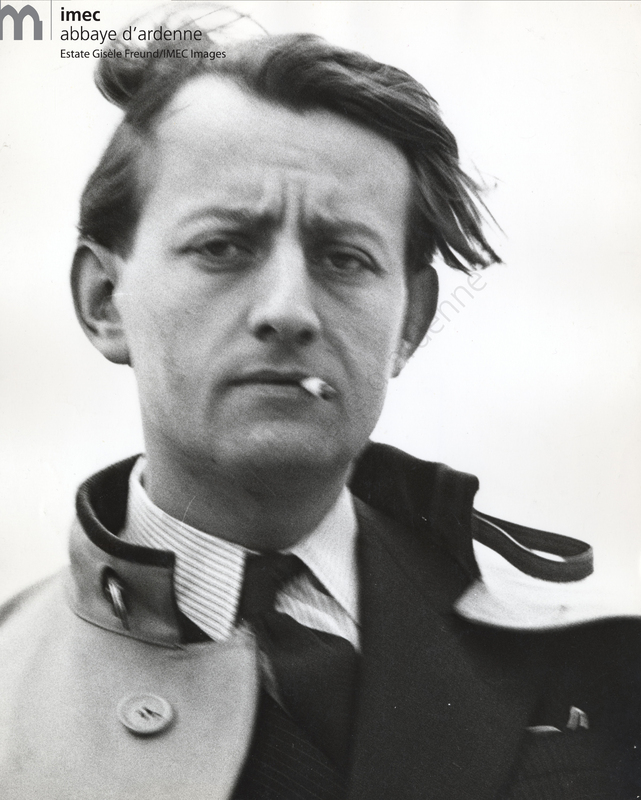Introduction, Page 2
Traditionally, a photographer would pose an author in his studio for a highly composed image that conformed to the classical tradition of portraiture (they made photographs look like paintings). Freund’s photographs of Malraux, however, were en plein air, and captured the romantic spirit of the artist as he walked along the rooftop of his apartment building, smoking a cigarette and being buffeted by wind on the stormy Parisian afternoon.
Malraux loved the photographs and became Freund’s champion among his friends. In 1935 he invited Freund to document the First International Congress in Defence of Culture in Paris, convened to rally artists and governments against the growing Nazi menace. Freund photographed the most notable French artists of the day as well as those who attended from overseas, including E. M. Forster, Aldous Huxley, and Boris Pasternak. Freund’s other great friendships were with Adrienne Monnier and Sylvia Beach (James Joyce in Paris is dedicated to their memories). Sylvia Beach, a young American woman who moved to Paris and set up a small english-language bookshop on the rue de l’Odeon, had become internationally acclaimed when she published James Joyce’s Ulysses in 1922. Her life-long partner, Adrienne Monnier, ran her own bookstore and publishing house called La Maison des Amis des Livres [the home for friends of books] just across the street.
Freund’s other great friendships were with Adrienne Monnier and Sylvia Beach (James Joyce in Paris is dedicated to their memories). Sylvia Beach, a young American woman who moved to Paris and set up a small english-language bookshop on the rue de l’Odeon, had become internationally acclaimed when she published James Joyce’s Ulysses in 1922. Her life-long partner, Adrienne Monnier, ran her own bookstore and publishing house called La Maison des Amis des Livres [the home for friends of books] just across the street.
Monnier took an immediate liking to Freund and introduced her to many more Parisian artists, including James Joyce. Joyce was finishing up his long-awaited follow-up to Ulysses and needed a portrait taken. Freund met Joyce one night at a dinner party thrown by Monnier. She nervously asked him if she could take his portrait. He tentatively agreed, but said, "[n]ot in color, of course. I couldn't stand the harsh lights on my eyes." What followed was a series of photo-shoots that captured the most intimate photographs of Joyce ever taken. Eventually, she would convince Joyce to sit for a colour photograph– it would grace the cover of Time magazine on May 8, 1939 in order to mark the publication of Finnegans Wake.
Not in color, of course. I couldn't stand the harsh lights on my eyes."

